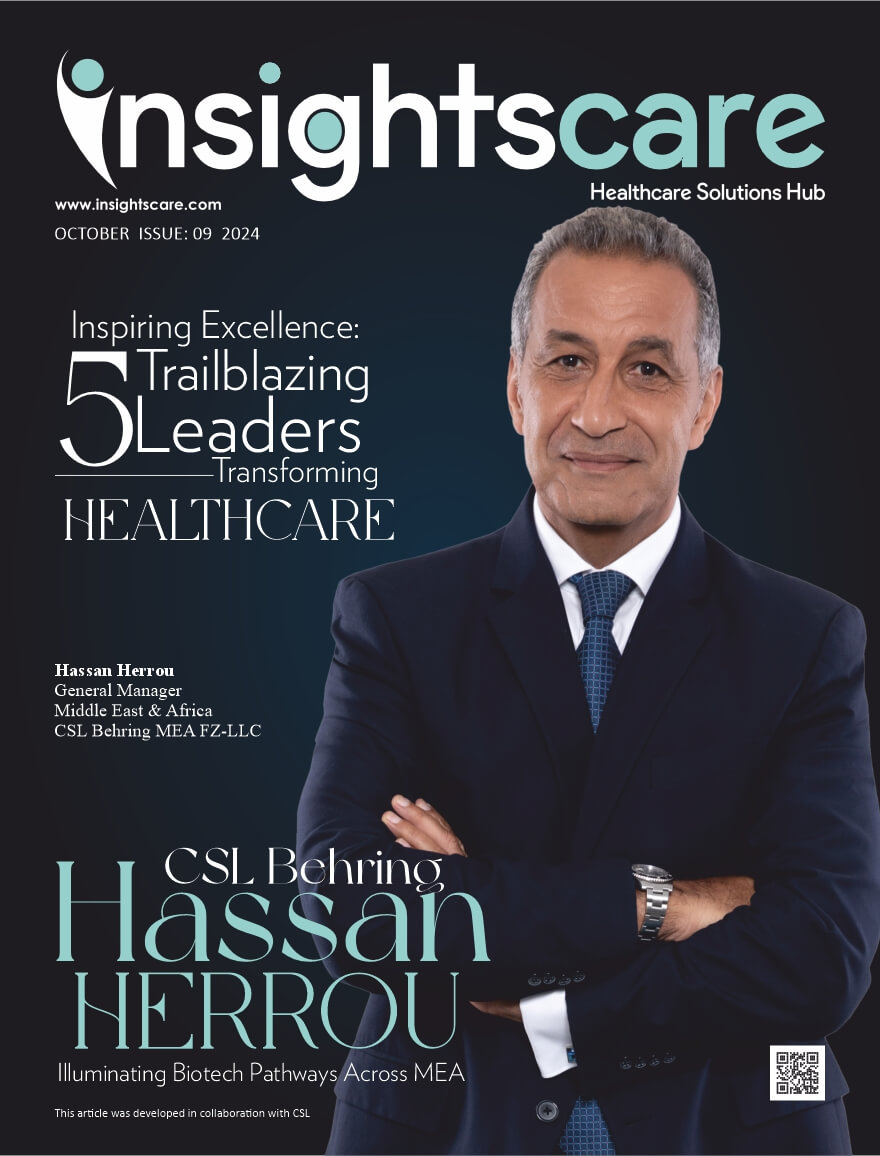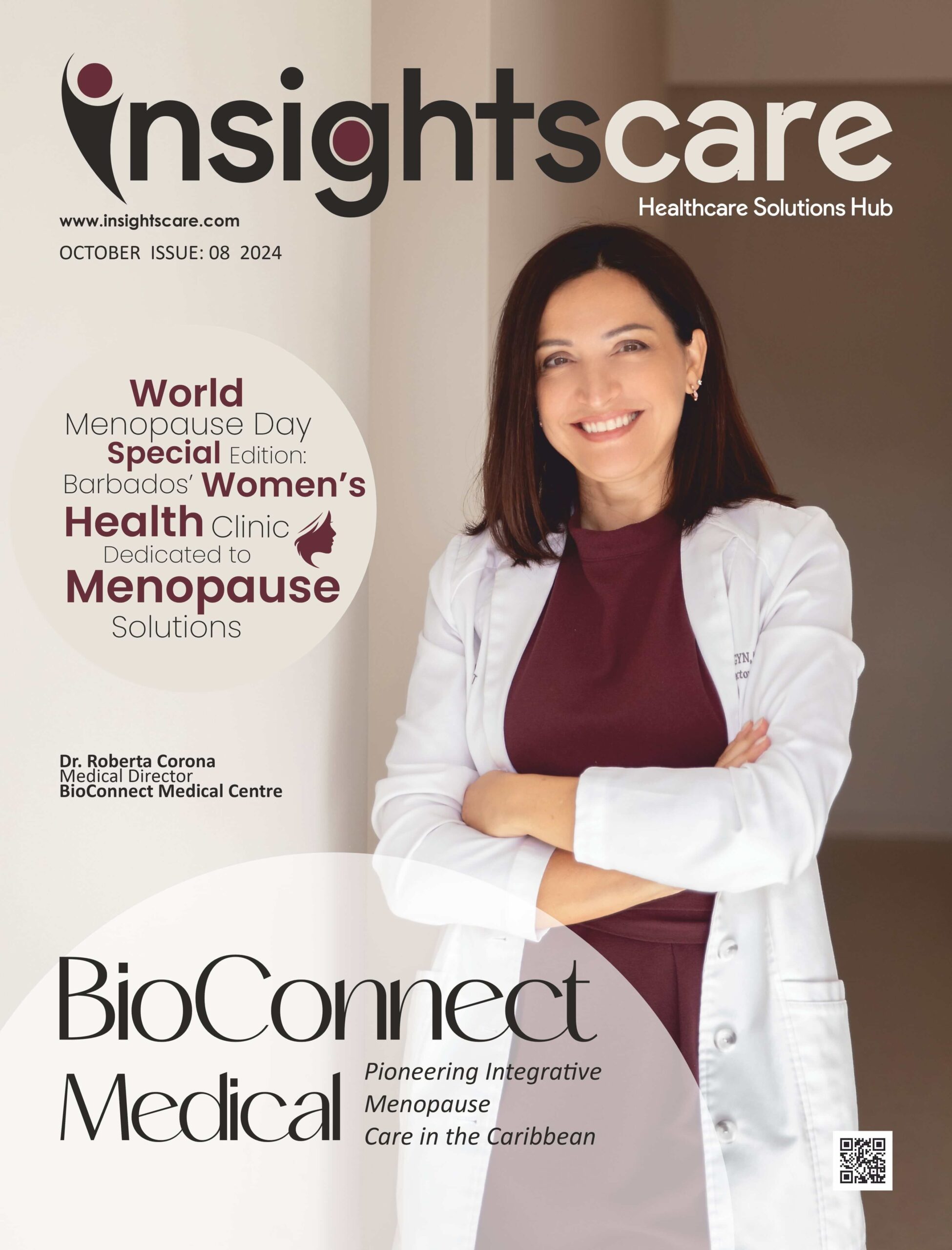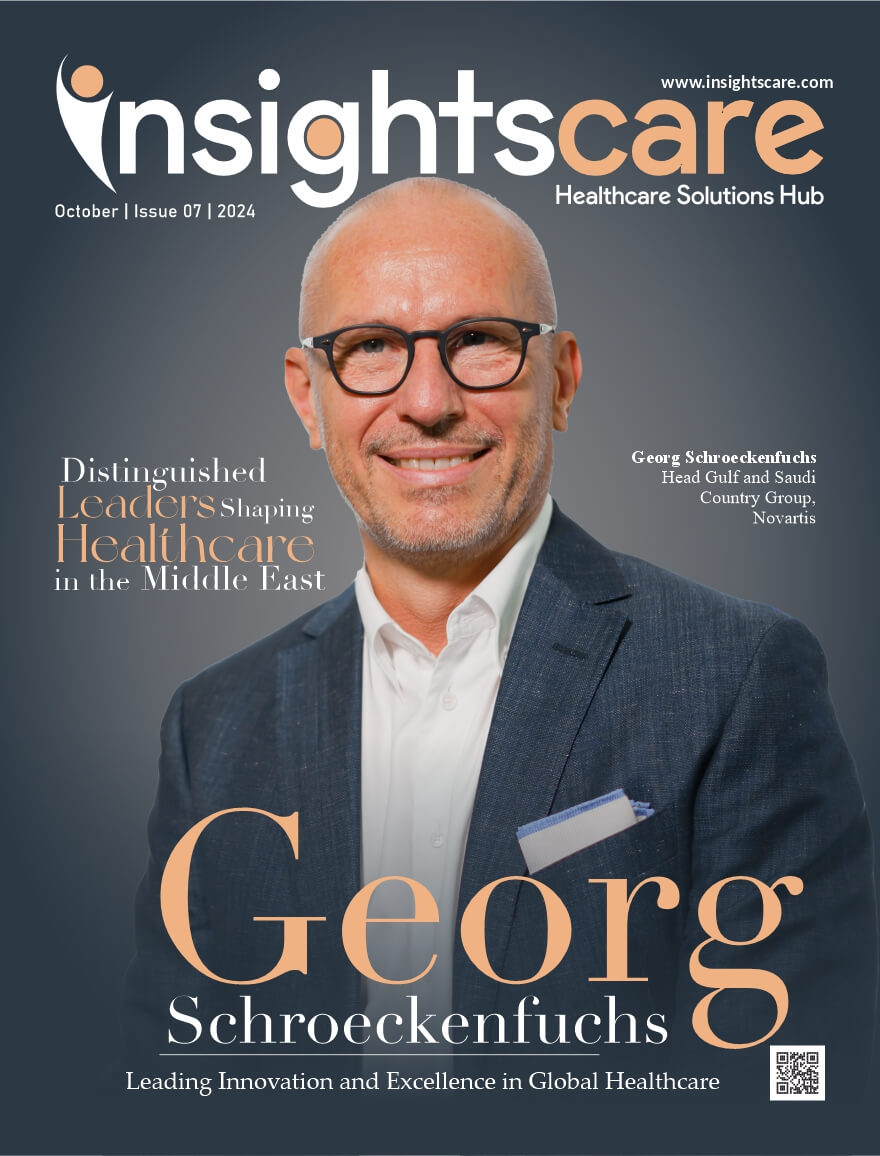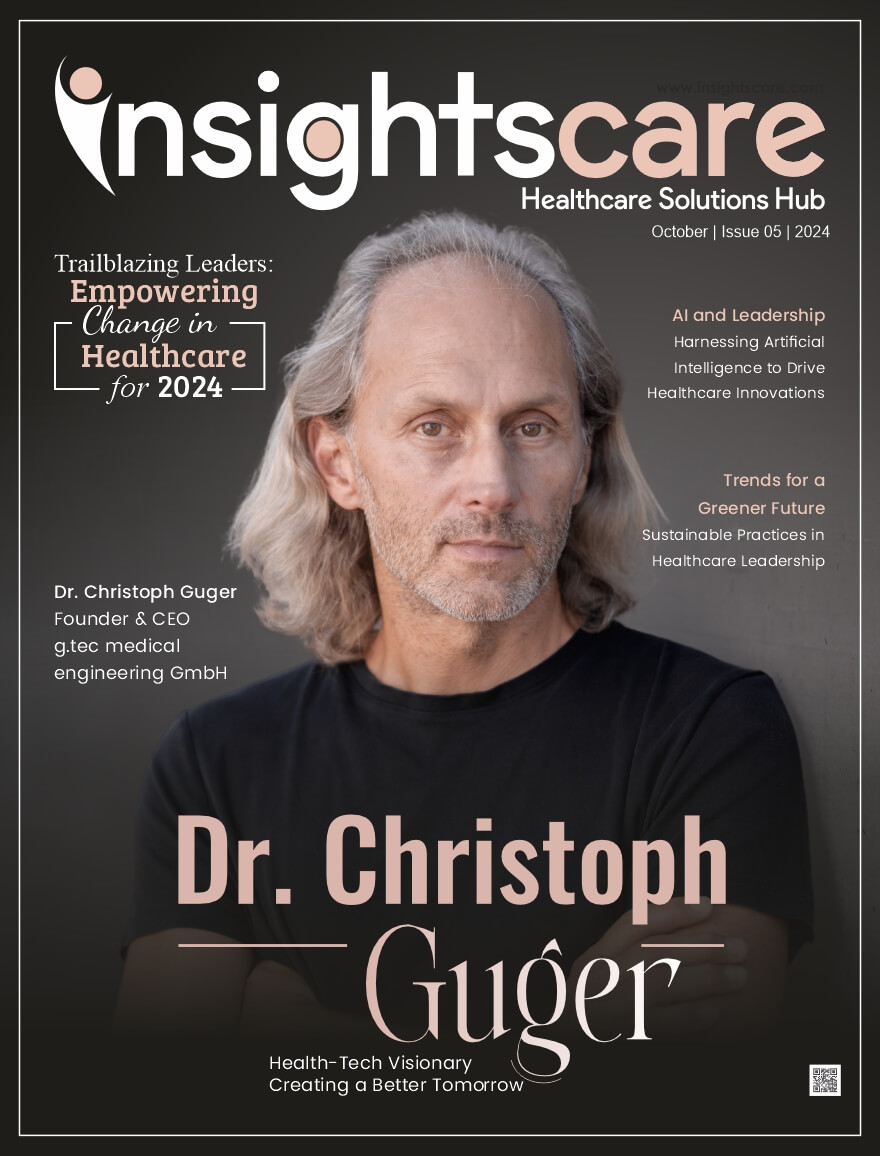In order to thrive, independent practices must continually adopt and embrace business models designed to meet the increasing complexity of today’s healthcare environment. But how can the independent physician practice compete with the resources of hospitals and large health systems? A comprehensive integrated physician and patient workflow is the solution.
Essence of integrated workflow
The integrated workflow begins with patient acquisition; flows into patient experience and then into case management and revenue cycle management (unless outsourced), with all the elements fully connected by a single login and database. Equally as important are patient retention and health management components, with the flexibility of telemedicine and business intelligence of benchmarking analysis. Here is what the integrated workflow process looks like:
The patient searches for a doctor online, selects one and schedules an appointment online.
- Prior to the scheduled visit, the patient completes all necessary paperwork or intake forms and provides payment information.
- During the visit, the physician uses a mobile tablet to consult with the patient. All necessary patient information, such as existing allergies and previous medical conditions, is at the provider’s fingertips. Aided by this data, the clinician makes a diagnosis and determines the best treatment options. Perhaps a prescription is written or additional diagnostic tests, such as bloodwork, are required.
- If medication is required, the physician writes a prescription and sends it electronically to the nearest pharmacy. If lab work is needed, a prescription also is sent electronically to the most convenient lab.
- All of the patient information is integrated into the electronic health record (EHR) system, and appropriate visit information is sent to the insurance company for payment.
Three key elements
Let us compare this type of integrated physician and patient workflow to a three-legged stool, with each main application comprising a leg of the stool. The first leg has been known historically as practice management. The second leg used to consist of a patient chart, which eventually became an EHR. Last, patient engagement strategies have recently become the third leg of the stool.
Seamless connection
By partnering with or purchasing solutions from different vendors, practices end up creating an uneven user experience for themselves. The look and feel of applications are different, and the workflow from both the patient and physician perspectives is different. The result is data that doesn’t flow seamlessly between the three applications, or legs.
With an integrated workflow, there is no jumping from application to application. They have one common look and feel, with one common database where all information flows seamlessly back and forth.
Benefits to patients and physicians
The integrative approach improves both the patient and physician experience. Patients are more engaged in their own care and the physician has more time to devote to it. It also aligns with the trend toward value-based care, which includes creating a better patient experience and making patients more responsible for maintaining their health.
Other benefits of an integrated workflow include:
- Increased efficiency: As mentioned previously, the patient can fill out most paperwork online prior to the visit at his or her convenience. This also keeps the patient-flow moving faster throughout the day. All the patient’s information is automatically routed to the patient’s EHR and is easily accessible to the physician during the visit. Following the visit, the physician’s office may send an email or text to patients thanking them for their visit with a reminder to pick up any prescribed medications at the pharmacy. If the physician needs to review lab results with the patient, this can be done via a telemedicine visit rather than having the patient return to the office.
- Real-time documentation: The physician can utilize a tablet to document patient information in real time during the visit rather than writing it down and transferring it later into the patient’s record. The tablet prompts the physician to ask pertinent questions derived from evidence-based practice. The same result can be achieved with a desktop computer in the exam room, and EHR desktop versions that are fully integrated with practice management tools typically offer even more features than tablet versions.
- Happier physicians: Anecdotally, physicians who incorporate an integrated workflow into their practices note they have more time to spend with their patients. Generally, primary care physicians spend an average of only six minutes per patient because they must see a certain number of patients a day to be profitable. With the efficiencies discussed above, clinicians can also spend more time with their families and even perform some administrative tasks on their mobile tablets while away from the office.
- Reduction of medical errors: In the U.S., medical errors claim approximately 251,000 lives every year, according to a 2016 study in BMJ. Immediate access to real-time information within the integrated workflow can significantly reduce medication-related errors.
- Financial success: The more efficient the practice is, the higher patient volumes it can manage while improving patient satisfaction and health.
Are you integrated?
With the numerous benefits afforded to the physician and patient by an integrated workflow, one would think all practices would have adopted it by now. However, many physicians are not even aware that such opportunities exist. Additionally, having family members or an office manager who lacks knowledge of technology and run a practice’s billing department makes the awareness and education process even more challenging.
Nevertheless, integrated physician and patient workflow has become vital for practices that seek to thrive in the complex healthcare environment. It makes the physician’s life more manageable and practicing medicine more fulfilling and enjoyable while enhancing the provider’s ability to deliver a high level of patient care. If the practice is healthy, the patient will be as well.
Raul Villar, Jr.
CEO, AdvancedMD










